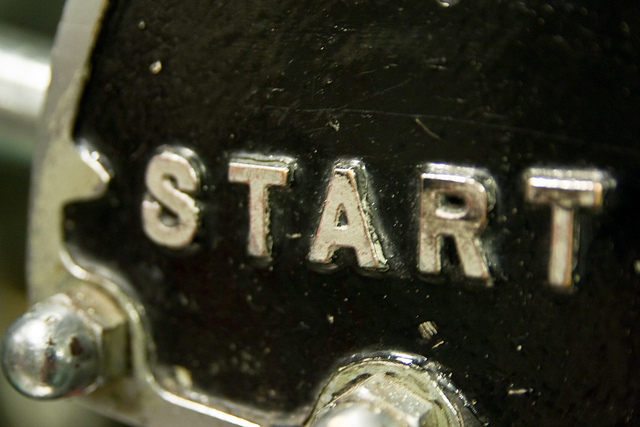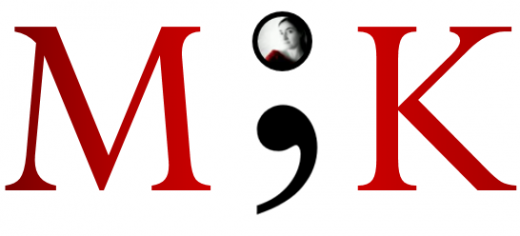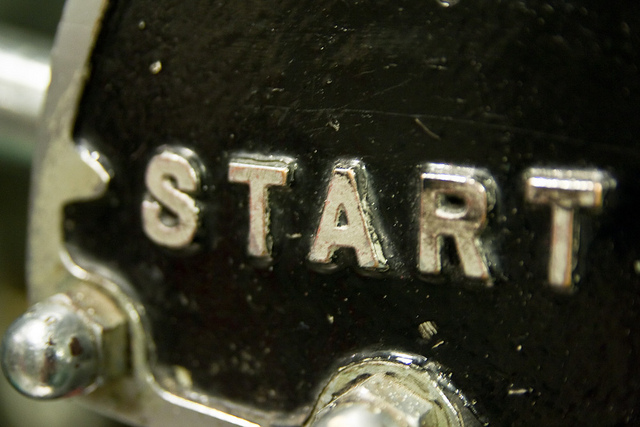by Mikhaeyla Kopievsky
Starting a novel is no easy task. The problem with beginnings is that they are all about set-up, and set-up can very easily turn into boring exposition, unnecessary backstory and painful info-dumping. When I think about the beginning of a story, I think about the first part of the first act – what I like to call Gap A.
Gap A is all about setting the context for the story – articulating the status quo of the protagonist and their world – a status quo that will soon be thrown into disarray with the inevitable disturbance (the first story Turning Point) and it subsequent impacts.

A richly-drawn status quo is important for giving the disturbance the punch it needs to throw the protagonist (and the reader) into a spin. Winning a trip to Paris for a seasoned jetsetter who spends every other weekend in France is less of a disturbance than it is for a recent widow who has dreamed of going to Paris for the thirty years since seeing Gigi at her local cinema.
Which brings us to the first necessary component of Gap A – The introduction of your protagonist. Give the reader an understanding of what makes your character tick. Focus on their key traits – their unque quirks that will ultimately drive the story and underscore its conflict. Introduce your protagonist with action, not exposition. Don’t tell me that your widow is shy and defeated and fragile. Show me.
The best way to show what lies at the core of your protagonist is to position them in a characteristic moment. Your widow has finally left the confines of her small flat to do some grocery shopping. She shuns the new, red shoes she bought the week her husband died, she leaves the makeup littering her dressing table untouched, she swipes at a stain on her blouse, but doesn’t bother changing it. At the grocery store a dashing older man pays her a compliment, she blushes at the attention and then is wracked by waves of guilt. She ignores his question, leaves her shopping trolley in the middle of the aisle, half full, and leaves the store in a hurry.
Giving the reader a clear picture of your protagonist gives you the leverage you need as an author to create maximum impact with the Disturbance.
But, in order to give your reader a clear picture of your protagonist – you first need to have a deep understanding of your character and all their complexity. Which is particularly difficult to do at the start of your novel when you are not yet sure how your character is going to react to the challenges and obstacles you throw in their path as your story progresses.
Hmmm. We have a catch 22.
To write a good beginning, you need to know your protagonist. To know your protagonist, you need to have seen how they react to your story points as they progress.
Oh, Yossarian, what to do?
Thankfully, our solution to this paradox is fairly simple – write a rough draft of your beginning, knowing that you will need to change it after you have finished your first draft (when you will have the understanding you need to write a better beginning).
This is what I am currently doing with Divided Elements. After quite some time apart from this WIP that is loved and hated, I have returned to revisit the beginning. I have a much better understanding of my protagonist, Anaiya, and a much clearer picture of the traits and relationships that both define her and define her conflict with the novel’s main storyline.
What about you? How do you develop a strong understanding of your protagonist? How do you build this into your novel’s beginning to set-up a stronger disturbance with maximum impact?
Image courtesy of Steven Depolo via Flickr Creative Commons.


0 comments on “How to start your novel – The first part of the first act”